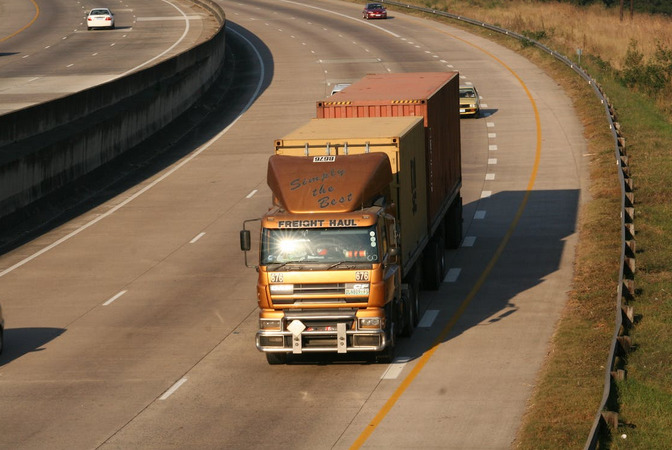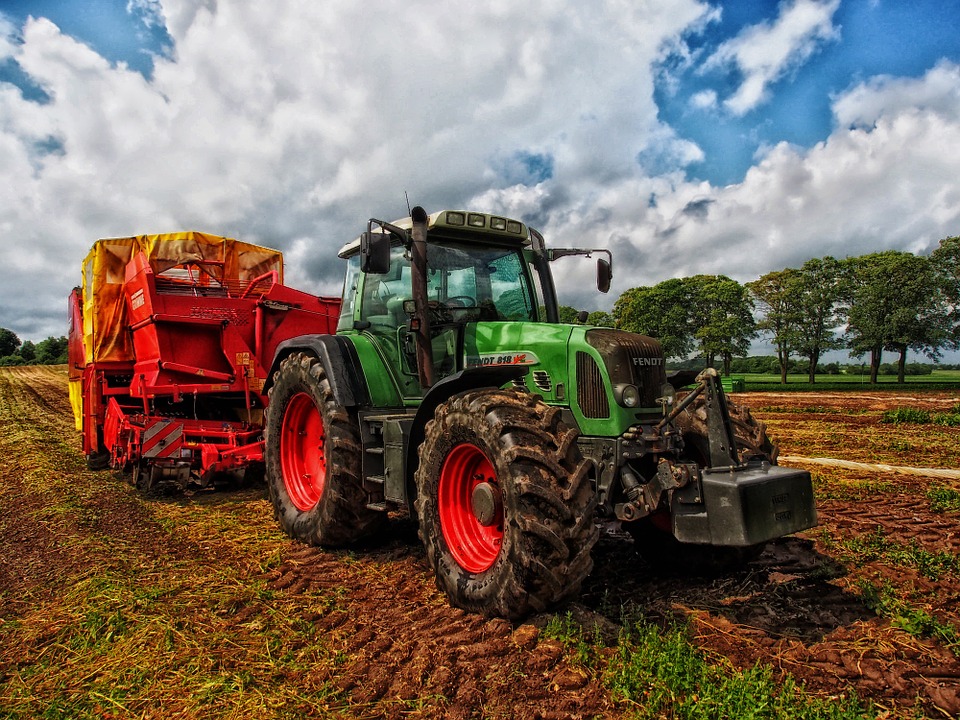
Open vs. Enclosed Auto Transport: Making the Right Choice for Your Vehicle Open vs. Enclosed Auto Transport: Making the Right Choice for Your Vehicle
Embarking on the journey to transport your vehicle can be an exciting yet meticulous process. Among the crucial decisions you’ll face is whether to opt for open or enclosed auto transport. Moving abroad with your vehicle introduces an additional layer of complexity to the auto transport decision-making process. As you navigate the intricacies of international vehicle relocation, it’s essential to consider the unique challenges and requirements associated with transporting your vehicle across borders. Each method comes with its own set of advantages and considerations, so let’s delve into the details to help you make the right choice for your prized vehicle.
The Open Auto Transport Experience

Picture a caravan of vehicles gracefully moving along the highway – that’s the essence of open auto transport. This method involves loading your vehicle onto an open trailer and exposing it to the elements during the journey.
Advantages
- Cost-Effectiveness: Open transport is generally more budget-friendly than its enclosed counterpart. If your primary concern is keeping costs down, this option might be the preferable choice.
- Widespread Availability: Open carriers are more prevalent, making them readily available for both short and long-distance hauls. This accessibility often results in quicker booking and shorter waiting times.
- Visibility and Inspection: With your vehicle in plain sight, it’s easier for both you and the transport company to inspect it before and after the journey. This transparency can provide peace of mind.
Considerations
- Exposure to Elements: Your vehicle will be exposed to weather conditions and road debris during transportation. While most vehicles arrive unscathed, there’s a higher risk of encountering external elements.
- Limited Protection: While open carriers are equipped with safety measures, they offer limited protection against potential scratches, dust, or debris.
The Enclosed Auto Transport Experience

Enter the world of enclosed auto transport, where your vehicle is cocooned in a protective trailer, shielded from the whims of weather and road hazards.
Advantages
- Enhanced Protection: The primary allure of enclosed transport is the heightened level of protection it offers. Your vehicle is shielded from rain, snow, dust, and debris, ensuring it arrives in pristine condition.
- Ideal for High-Value Vehicles: If you own a luxury, vintage, or high-value vehicle, enclosed transport is often the preferred choice. The added layer of protection is well worth the investment for these special automobiles.
- Customized Services: Enclosed transport providers often offer more personalized services, catering to specific needs such as white-glove handling, climate control, or even single-vehicle transport.
Considerations
- Higher Cost: The added protection comes with a higher price tag. Enclosed transport tends to be more expensive, making it a less economical option for those with budget constraints.
- Limited Availability: Enclosed carriers are less common than open carriers, and this scarcity can lead to longer wait times for booking. Planning well in advance is advisable.
- Reduced Visibility: While the protection is unparalleled, the enclosed nature means limited visibility for both you and the transport company. Thorough inspections may require more coordination.
Choosing the Right Fit
Deciding between open and enclosed auto transport ultimately boils down to your priorities and the nature of your vehicle. If cost efficiency and widespread availability are paramount, open transport might be the sensible choice. However, if your vehicle requires an extra layer of protection or falls into the high-value category, the investment in enclosed transport could offer invaluable peace of mind.
Both methods have their merits, and the right choice depends on your specific needs and preferences. Whether your vehicle cruises down the highway with the wind in its metaphorical hair or enjoys a more sheltered journey, the goal is to ensure it arrives at its destination with the same sparkle and allure it had when it left.…



 No second-hand car evaluation is complete without a test drive. Start the engine and listen for any unusual sounds like knocking or rattling. Pay attention to how the car handles; check the brakes, steering, and suspension. Test the acceleration and make sure the gears shift smoothly.
No second-hand car evaluation is complete without a test drive. Start the engine and listen for any unusual sounds like knocking or rattling. Pay attention to how the car handles; check the brakes, steering, and suspension. Test the acceleration and make sure the gears shift smoothly.
 There are numerous avenues that you can use when searching for used tractors. These include auction websites, newspaper classifieds, and magazines. Search–friendly sites can help you in getting up-dated information when making your selection. In fact, online searches are also recommended by experts.
There are numerous avenues that you can use when searching for used tractors. These include auction websites, newspaper classifieds, and magazines. Search–friendly sites can help you in getting up-dated information when making your selection. In fact, online searches are also recommended by experts.